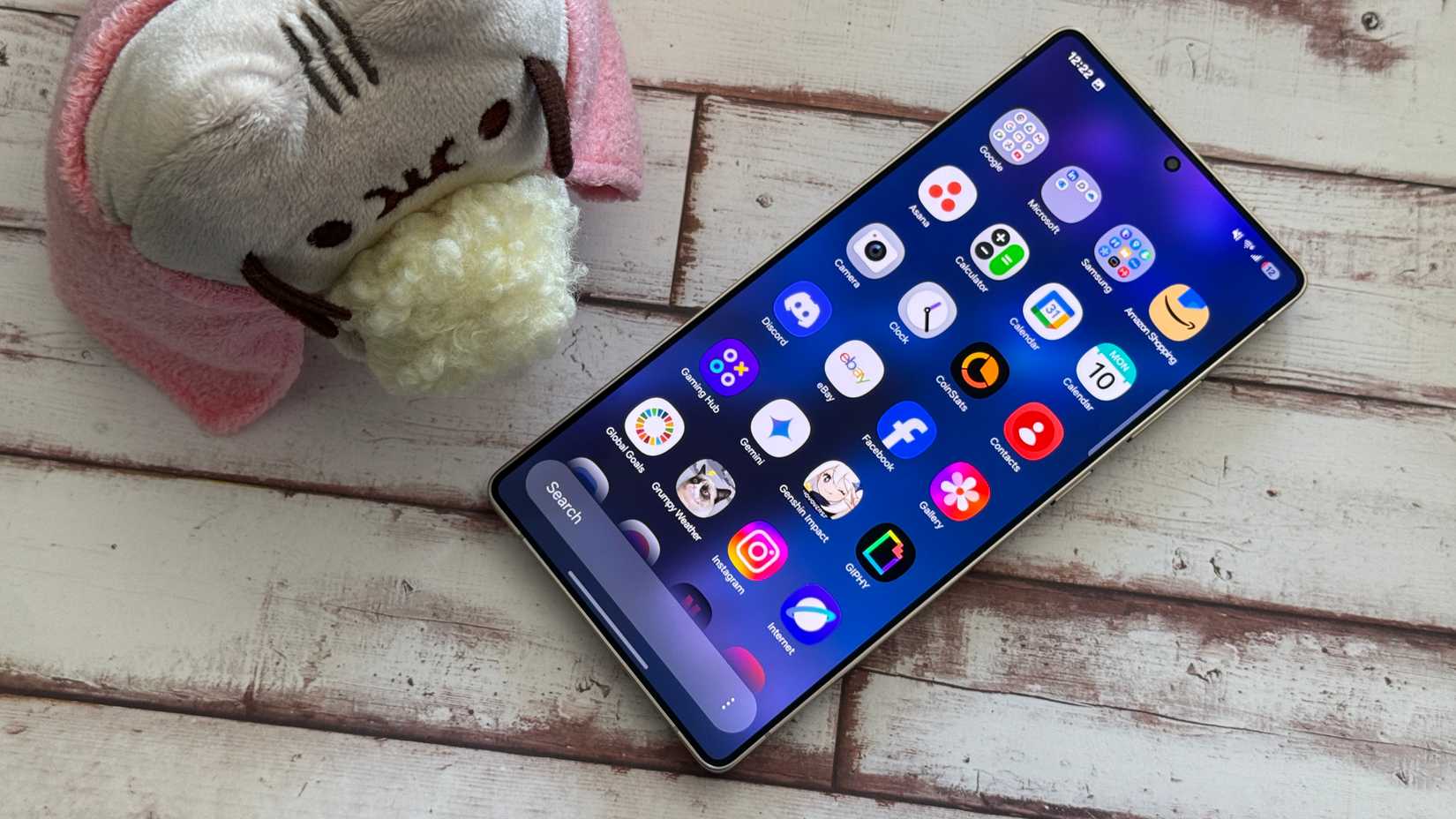If you asked me a year ago, I would’ve begrudgingly admitted that the Samsung Galaxy S24 Ultra was still the best choice for most Android users. It featured a premium design and had best-in-class performance thanks to its Snapdragon 8 Gen 3 chipset.
It wasn’t doing anything special, and it took the title only due to a lack of competition. The OnePlus 12 was solid, but still needed work, and the Google Pixel 9 Pro XL had room to grow.
That’s not the case this year. The Pixel 10 Pro XL is outstanding, and Material 3 Expressive is currently the best Android software available. Samsung’s One UI 8 is polished, but the user experience for Google’s flavor of Android 16 is a step ahead.
I’ve been spoiled by the Pixel 10 Pro XL, and if Samsung wants to reclaim the top spot with the Galaxy S26 Ultra, I’ll need more than the company usually upgrades year-over-year.
User experience matters more than design
Samsung can impress with the same hardware
I understand Samsung is hesitant to make drastic changes to the Galaxy S26 lineup. I don’t anticipate a significant departure in design from previous years, meaning Samsung will have to come up with something else to entice buyers to upgrade.
Thankfully for Samsung, there’s a way to stick with the same hardware while making the phone feel different. Google’s already done it with the Pixel 10 series.
Like Samsung with the Galaxy S25, Google didn’t extensively overhaul its hardware for 2025, and the Pixel 10 is nearly identical to the Pixel 9. Still, Google’s software has made a difference.
Material 3 Expressive is refreshing. Material You desperately needed an overhaul, and Google’s version of Android 16 finally fulfills what the company set out to do years ago.
The user experience is unified, and you’ll be hard-pressed to find a device running more smoothly than my Pixel 10 Pro XL. I love how well Google’s dialed in its software this year.
One UI 8 isn’t bad, and I appreciate the visual enhancements Samsung made with One UI 7. However, it doesn’t feel as cohesive as Android 16 on the Pixel 10 Pro XL. Everything ties together beautifully, from the menus to the media controls.
If Samsung wants to impress without significant hardware upgrades this year, it needs to match Google’s software experience.
Galaxy AI needs to get better
I was promised the future a year ago
After using Google Gemini on the Pixel 10 Pro XL, I need more from Galaxy AI on the Galaxy S26 Ultra. Samsung can’t spend another year selling me on multimodal capabilities and the potential of Now Brief without actually delivering on them.
It’s still much faster for me to complete a task myself than to have Galaxy AI attempt it. The tools are powerful, but they require excessive user input.
Gemini works well on the Pixel 10 Pro XL because it’s always available in the background, ready to provide gentle prompts or helpful, natural language suggestions.
I don’t have to know which tool I need to edit photos; I can just tell Gemini, and it takes care of it for me.
I’m not someone who wants a lot from AI on my smartphone, but the few functions I’d want to use should work well.
I don’t care what Samsung has to do, either Now Brief starts becoming a useful companion during my day, or the company has to stop making it such an obvious part of the user experience.
Now Brief messages constantly live in the Now Bar, and I struggle to get any meaningful information from it.
It’s especially frustrating because it has potential. I want a generative AI assistant to help me prepare for my day, giving me a heads-up if there are traffic delays on the way to my next meeting or appointment.
If Samsung can deliver on that, the Galaxy S26 has a chance to succeed.
Samsung isn’t really facing competition
Google doesn’t care about raw performance
Samsung has an advantage because it can dazzle us in another way.
If Samsung’s software experience can’t improve, the company can focus on significant hardware innovation. I’d love a new design for Samsung’s flagship lineup, but even without it, there are areas that are ripe for an upgrade.
Google isn’t competing with Samsung on raw performance anymore, and the upcoming OnePlus 15 won’t be in carrier stores — leaving Samsung as the best option for most looking for top-tier performance.
Whether Samsung opts for the Exynos 2600 or Snapdragon 8 Elite Gen 5 chipset, I expect the Galaxy S26 to offer superior gaming performance compared to the Pixel 10 lineup.
It’ll also be the phone you want to buy if you do a lot of photo or video editing on your smartphone.
Still, Samsung shouldn’t stop there. At the very least, the Galaxy S26 Ultra should pack 16GB of RAM and a 6,000mAh battery.
I’m not even asking Samsung to move to silicon-carbon battery technology, although it should, but we need a capacity increase for next year.
Google set the bar, but Samsung can still jump over it
It’s no secret I’ve been loving the Pixel 10 Pro XL, but that doesn’t mean Samsung can’t release a stellar device.
The reason the S pen stories gained traction last year and took up so many column inches was that Samsung didn’t give us anything else to write about.
Samsung did a fantastic job with the Galaxy Z Fold 7 — I hope the company can channel some of that for the Galaxy S26 lineup.
Google Pixel 10 Pro XL
- SoC
-
Google Tensor G5
- RAM
-
16GB
- Storage
-
256 GB / 512 GB / 1TB with Zoned UFS / 1 TB with Zoned UFS
- Battery
-
5200mAh
The Pixel 10 Pro XL packs all the same features you’ll find on its less expensive siblings, along with a few exclusive features like a 6.8-inch display and faster charging.



